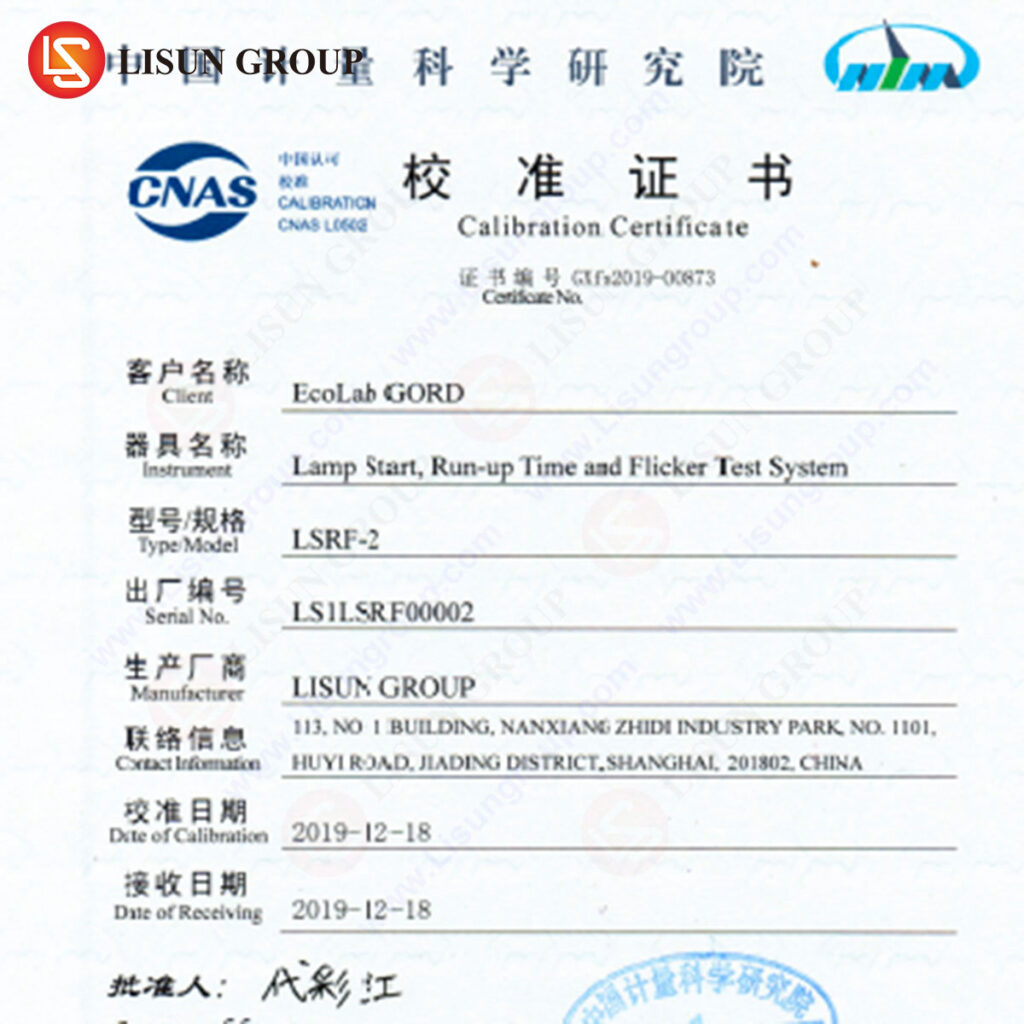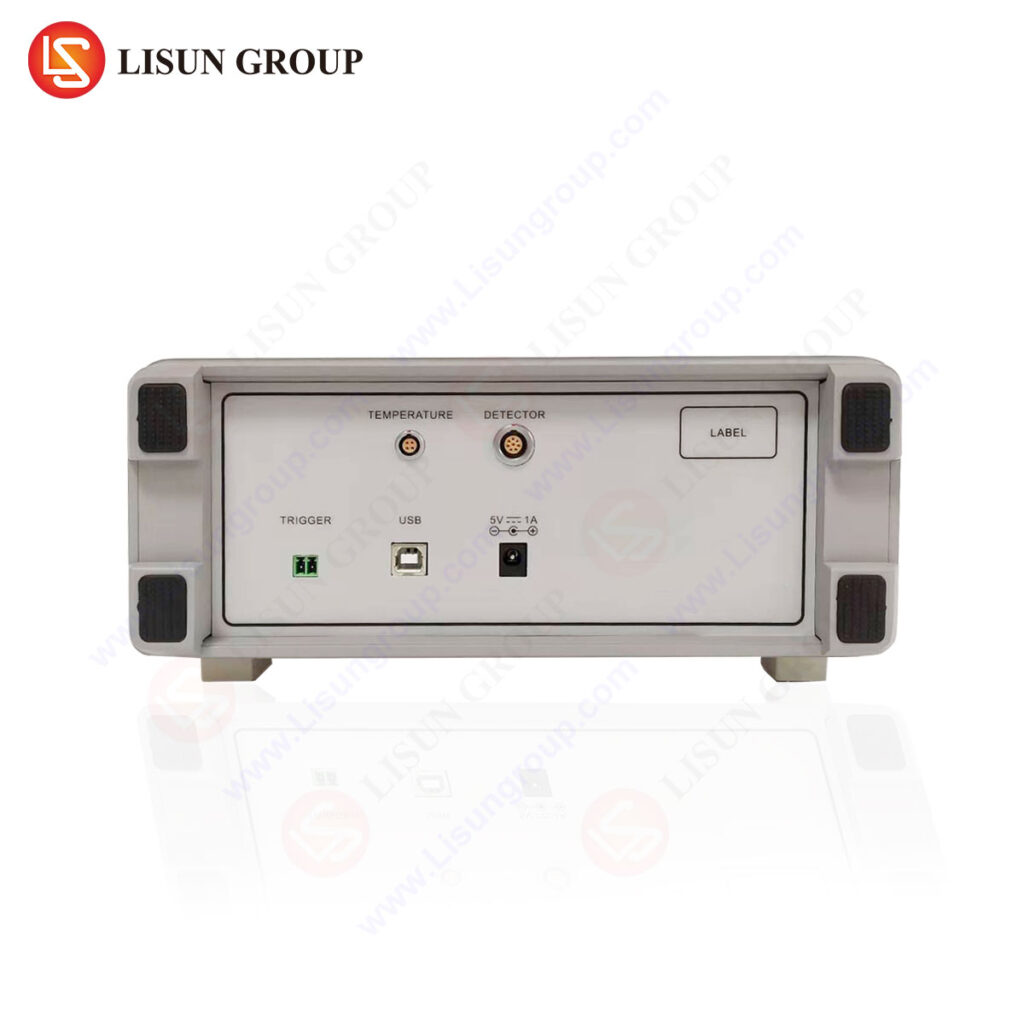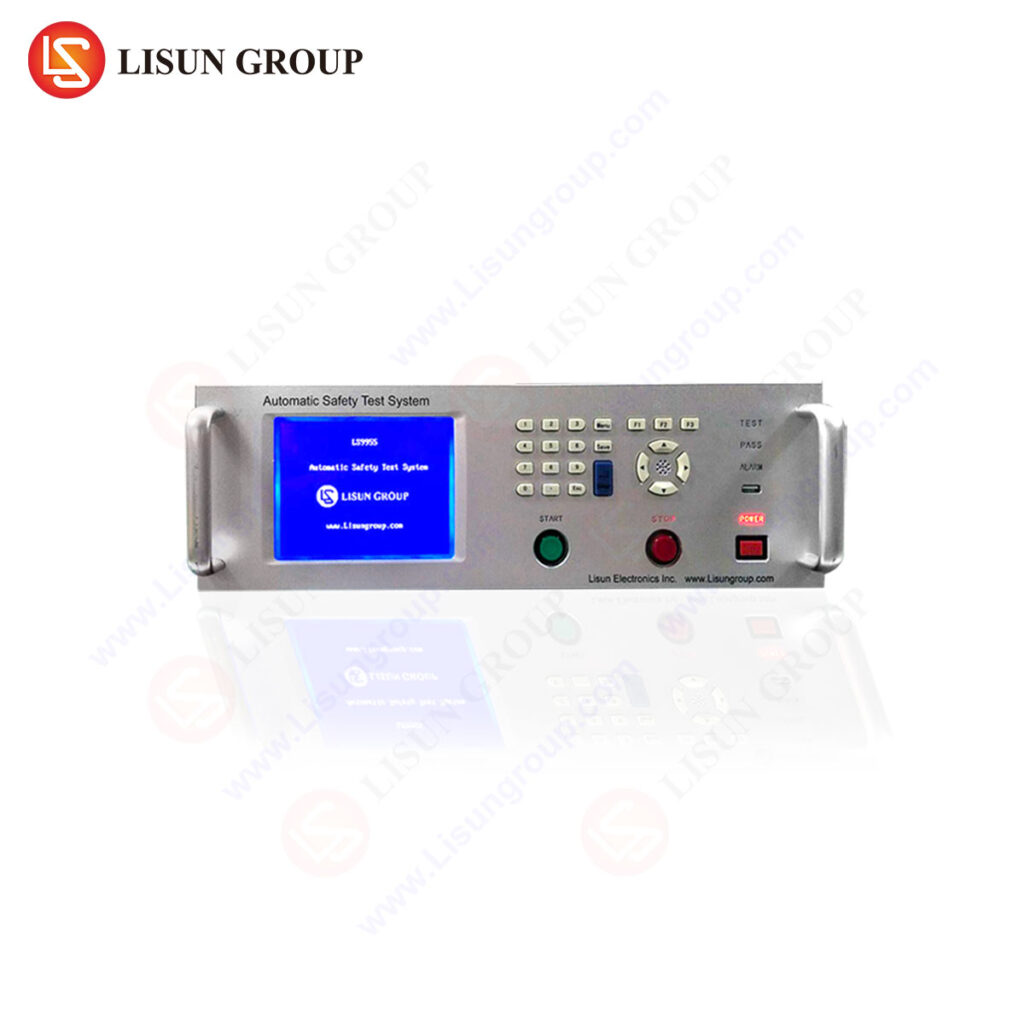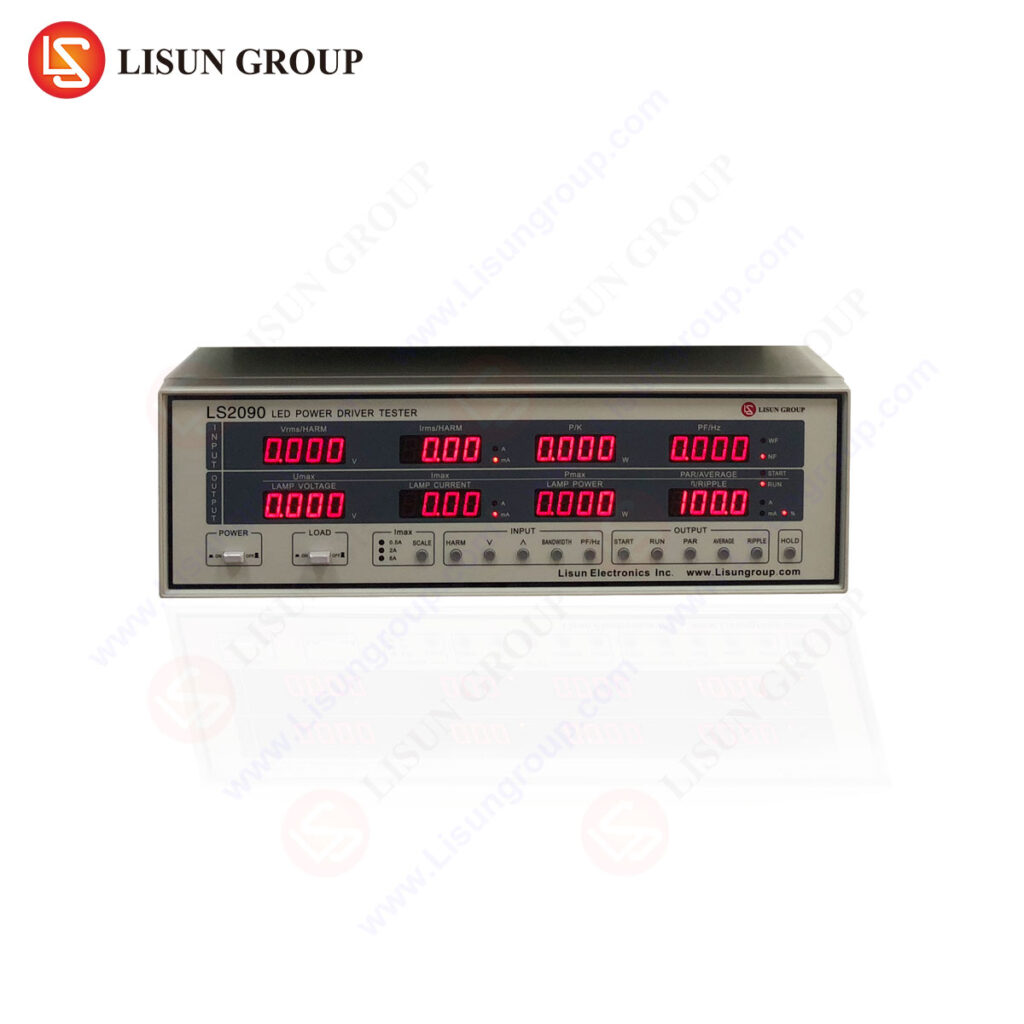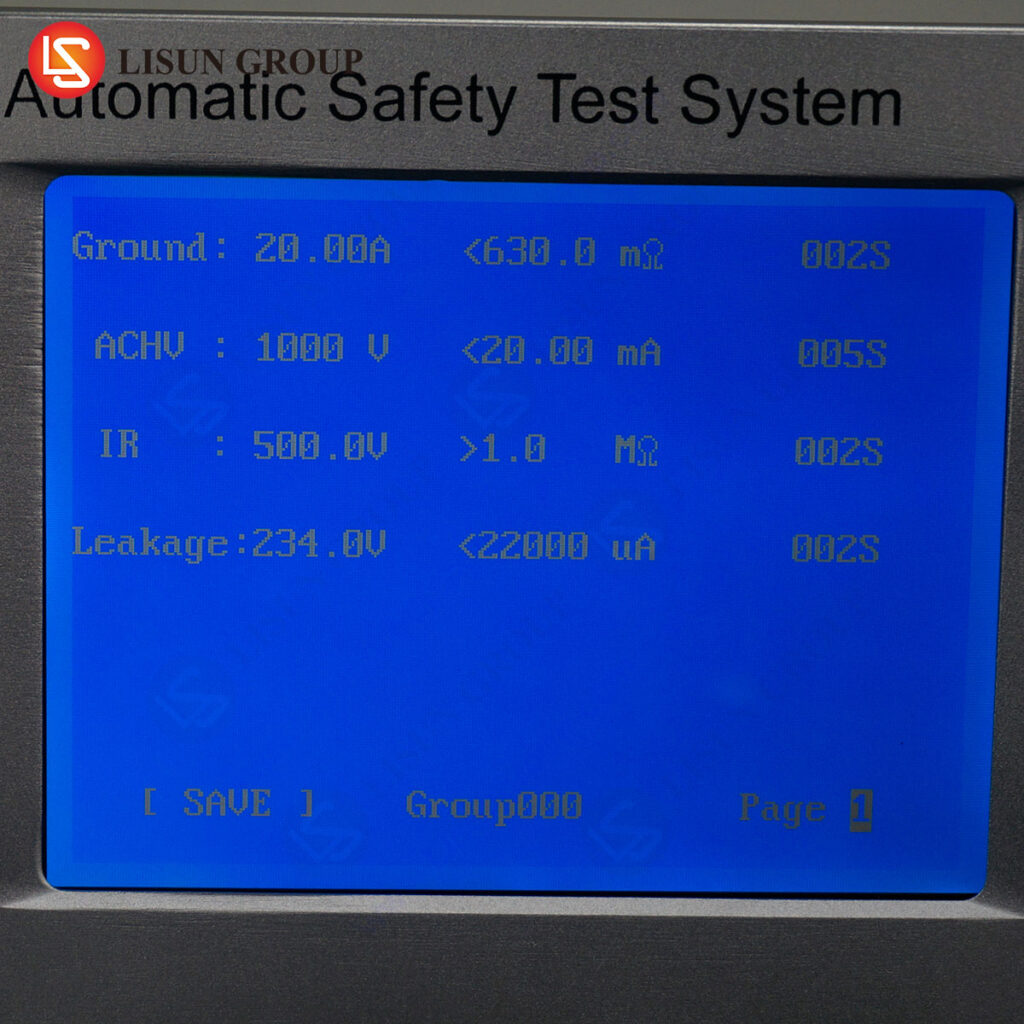The Necessity of flicker test for LED Testing
Introduction
What is a Flicker Test?
A flicker test is a type of test used to measure the flicker of light emitted from a light source. This test is used to measure the amount of flicker in a light source, which can be caused by a variety of factors such as the power supply, the LED driver, or the LED itself. The flicker test is used to ensure that the light source is operating within acceptable levels of flicker, which can be detrimental to the user experience.
Why is a Flicker Test Necessary?
Flicker tests are necessary to ensure that the light source is operating within acceptable levels of flicker. Flicker can be caused by a variety of factors, such as the power supply, the LED driver, or the LED itself. Flicker can be detrimental to the user experience, as it can cause eye strain, headaches, and other health issues. Additionally, flicker can cause a decrease in productivity, as it can be distracting and can cause fatigue. Therefore, it is important to ensure that the light source is operating within acceptable levels of flicker.
How is a Flicker Test Performed?
A flicker test is typically performed using a flicker meter. A flicker meter is a device that measures the amount of flicker in a light source. The flicker meter is typically connected to the light source and then the flicker is measured. The flicker meter will then provide a reading of the amount of flicker in the light source.
What are the Benefits of a Flicker Test?
The benefits of a flicker test are numerous. By performing a flicker test, it is possible to ensure that the light source is operating within acceptable levels of flicker. This can help to reduce eye strain, headaches, and other health issues. Additionally, it can help to increase productivity, as it can reduce distractions and fatigue.
What Types of Devices Require a Flicker Test?
A flicker test is typically required for LED testing, as LED lights are prone to flicker. Additionally, a flicker test may be required for mobile and automotive electronics, as these devices may also be prone to flicker.
FAQs
What is a flicker test?
A flicker test is a type of test used to measure the flicker of light emitted from a light source. This test is used to measure the amount of flicker in a light source, which can be caused by a variety of factors such as the power supply, the LED driver, or the LED itself.
Why is a flicker test necessary?
Flicker tests are necessary to ensure that the light source is operating within acceptable levels of flicker. Flicker can be detrimental to the user experience, as it can cause eye strain, headaches, and other health issues. Additionally, flicker can cause a decrease in productivity, as it can be distracting and can cause fatigue. Therefore, it is important to ensure that the light source is operating within acceptable levels of flicker.
How is a flicker test performed?
A flicker test is typically performed using a flicker meter. A flicker meter is a device that measures the amount of flicker in a light source. The flicker meter is typically connected to the light source and then the flicker is measured. The flicker meter will then provide a reading of the amount of flicker in the light source.
What are the benefits of a flicker test?
The benefits of a flicker test are numerous. By performing a flicker test, it is possible to ensure that the light source is operating within acceptable levels of flicker. This can help to reduce eye strain, headaches, and other health issues. Additionally, it can help to increase productivity, as it can reduce distractions and fatigue.
What types of devices require a flicker test?
A flicker test is typically required for LED testing, as LED lights are prone to flicker. Additionally, a flicker test may be required for mobile and automotive electronics, as these devices may also be prone to flicker.
Conclusion
The Necessity of Flicker Test for LED Testing
Flicker tests are an important part of LED testing, as they can help to ensure that the light source is operating within acceptable levels of flicker. Flicker can be detrimental to the user experience, as it can cause eye strain, headaches, and other health issues. Additionally, flicker can cause a decrease in productivity, as it can be distracting and can cause fatigue. Therefore, it is important to ensure that the light source is operating within acceptable levels of flicker. A flicker test is typically performed using a flicker meter, which is connected to the light source and then the flicker is measured. The benefits of a flicker test are numerous, as it can help to reduce eye strain, headaches, and other health issues, as well as increase productivity. A flicker test is typically required for LED testing, as well as mobile and automotive electronics.

